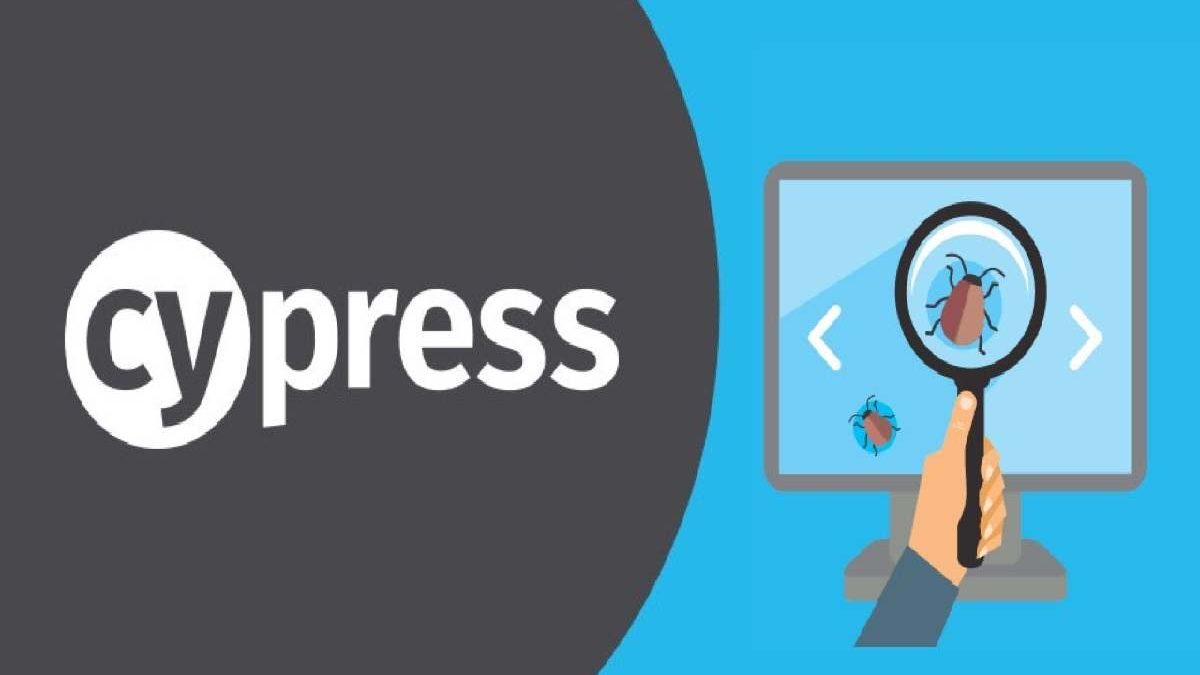Everyone likes when one tool performs several tasks at once. This is especially true for automated testing. Professionals know how difficult it is to keep all the tools and libraries in sync. It is especially hard for those who are starting their career in QA. But remember the saying: “Who seeks, he finds”. Some tools combine several functions at once. Cypress framework is such a solution. We explain what Cypress testing is.
Table of Contents
Basic information about Cypress
Cypress is a JavaScript framework for automated in-browser testing. It is an open-source solution that you can customize to your needs. However, many commercial versions of Cypress offer more functionality. Try Zebrunner CyServer to discover its great features. The solution provides the ability to run up to 1000 threads in parallel and get results in minutes.
Cypress testing benefits
Cypress has gained popularity not only because of its open-source code and good functionality. Here we have collected a few more advantages of the tool.
Availability
JavaScript is the main language for developing websites. Cypress uses this language to write test scripts. For many web developers, this is a big advantage. Thus, you don’t spend a lot of time getting started with the tool.
Speed
Cypress allows you to run tests in parallel. It boosts up the testing process by 100x or even 1000x times. Using Cypress, you run tests simultaneously on many virtual machines and get results in a few minutes.
All-in-one testing tool
Most test automation frameworks require you to download and install additional libraries and frameworks. Cypress is an all-in-one tool. It contains everything you need. Moreover, for Cypress tests, you do not need to set up a complex automation environment.
Failed test fixing capabilities
The cost of low-quality software in the US has risen to $2.41 trillion in 2022, CISQ reports. For comparison, in 2020 it was estimated at $607 billion. To avoid financial losses, it is important to prioritize fixing bugs. Cypress debugger provides functionality and commands that make it easier to fix bugs. Cypress provides screenshots of the test failure, making it easy to find the bug and fix it. Furthermore, if the test fails, you get advice on how to correct the defect.
Documentation & Community
All Cypress documentation is located at docs.cypress.io. The documentation is of fairly high quality. Even if you’ve never written tests before, you will be able to figure it out thanks to Cypress’s easy-to-understand documentation. Moreover, the Cypress development team organizes master classes and then publishes materials on the website. You also can ask the Cypress community for help.
Integration with any tool you need
Cypress integrates naturally into your QA workflow, regardless of whether it is a complicated system with development of multiple products or a startup with one product. Using Cypress as a part of Zebrunner toolkit you get a combination of testing platform and execution environment. With this, you structure & accelerate your testing process, and access a wide range of capabilities like test case management, test automation reporting, and test execution infrastructure.
What testing types does Cypress support?
Cypress is a suitable tool for several testing types. First of all, these are unit testing, integration testing, API testing, and E2E testing. Let’s take a closer look at them.
Unit testing ensures that the application starts as expected. Unit tests aim to inspect a component, module, or function separately. This helps QA teams catch bugs early in the SDLC. Cypress verifies the work of functions, timers, and server responses.
Integration testing checks the integration of software modules. It also verifies how they work together as a group. Cypress provides the proper workflow for this.
API testing ensures the correct programming interface functionality, performance, reliability, and security. Cypress sends HTTP-requests on behalf of web applications as they are running.
E2E (end-to-end) testing is at the very top of the testing pyramid. It simulates user behavior in the app. It means that your app is loaded in the browser. Next, buttons are clicked, links are followed, pages are scrolled. This way, you check the software for functionality and compliance with requirements before deploying it to a production environment.
Why do you need Cypress for E2E testing:
- Cross-browser testing possibilities. Cypress supports Chrome, Firefox, Edge, and other browsers.
- Rollback action option for each command. This way you can check what happened before or after some action.
Cypress functionality you should know about
Time travel. After running the tests, you can see what happened at each step. Hover over the commands in the TestRunner panel and view the application snapshots taken during the test run.
Automatic waiting. Cypress waits for commands by default before proceeding to the next step. This solves all issues with non-synchronous test execution.
Spies, stubs, and clocks. You have all the functionality to control the behavior of functions, server responses, or timers.
Network traffic control. Manage and stub your traffic.
Orchestration. Cypress makes it easy to coordinate the testing process. The solution splits your test project by spec files, assigns each file to an available worker for execution, and utilizes parallelization to reduce testing time.

